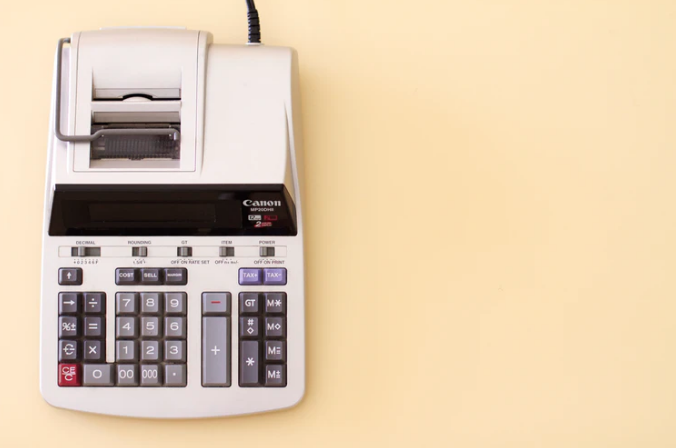When it comes to coding and billing audits, this is a type of process that can be not only time-consuming, but also costly and all too common as well. Oftentimes, these types of audits are conducted by the Centers for Medicare and Medicaid Services, as well as their contractors. Claims can also be audited by private payers as well; however, they also rely on pre-certifying tests and procedures prior to the audits taking place in order to help with managing costs and avoiding denials.
Generally, these audits involve three different rounds of review with a total of between 20 and 40 claims per provider, per item or service, per round. Providers are focused on who “have the highest claim error rates or billing practices that vary significantly from their peers,” according to Medicare Administrative Contractors. The program is designed to assist with educating physicians on proper documentation and coding, as well as incorrect payments and reducing denials. In the event that providers fail three rounds, they will be referred to CMS for additional action. This could include ongoing prepayment or post-payment review of claims.
Here are three tips in order to help properly prepare for a coding and billing audit.
Document Everything
Always take the time to document anything and everything. Basically, treat your medical record as if it were a legal document, as well as make sure that you are never complacent in your efforts regarding documentation. This is something that should show payers why you as a physician developed a given treatment plan. This is something that occurs whenever a physician takes the time to accurately document history, exam, and medical decision making, which are the three main components of any office visit.
Don’t Copy and Paste
Never resort to copying and pasting anything, no matter what. Always take the time to instruct and train all of your physicians that resorting to this method is perhaps the easiest way to trigger an audit. However, if a provider does actually copy a note from one location before pasting it into another note, they then will need to take the time to revise the note in order to reflect the current patient encounter. This is always the case even if they are under the belief that both visits were identical in nature.
Assign Correctly
It’s also extremely important to ensure that you assign the correct provider to the bill. Never bill an office visit at the physician rate whenever a nurse practitioner or physician assistant was the one who actually took care of a patient. Oftentimes, this is something that happens on an accidental basis in practices that are more fast-paced, generally whenever a provider fails to sign off on a chart, which leads the coding and billing staff to assume that a patient was seen by an actual physician. This is a type of situation that can commonly come to an auditor’s attention whenever a series of claims portray an impossible situation, such as, for instance, a single doctor seeing three patients at three different locations within the span of half an hour.
Thank you for visiting the Quick Claimers Inc. blog, a medical practice online coding company. If you want a better way to do billing contact us today!

